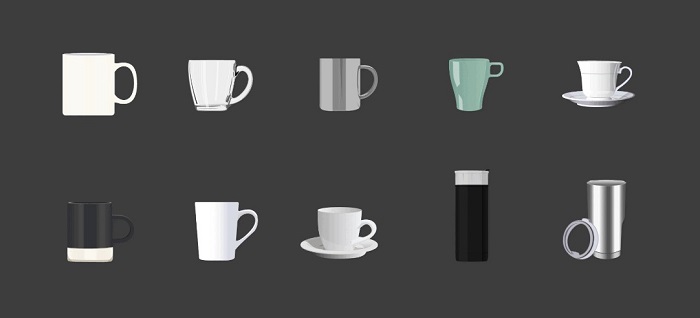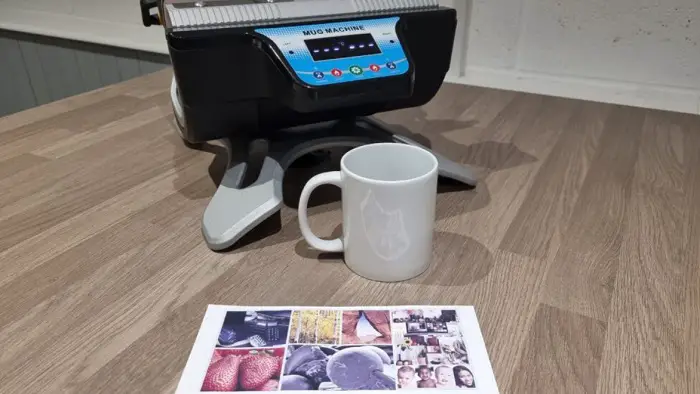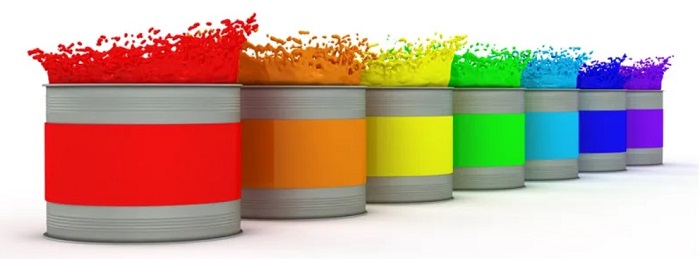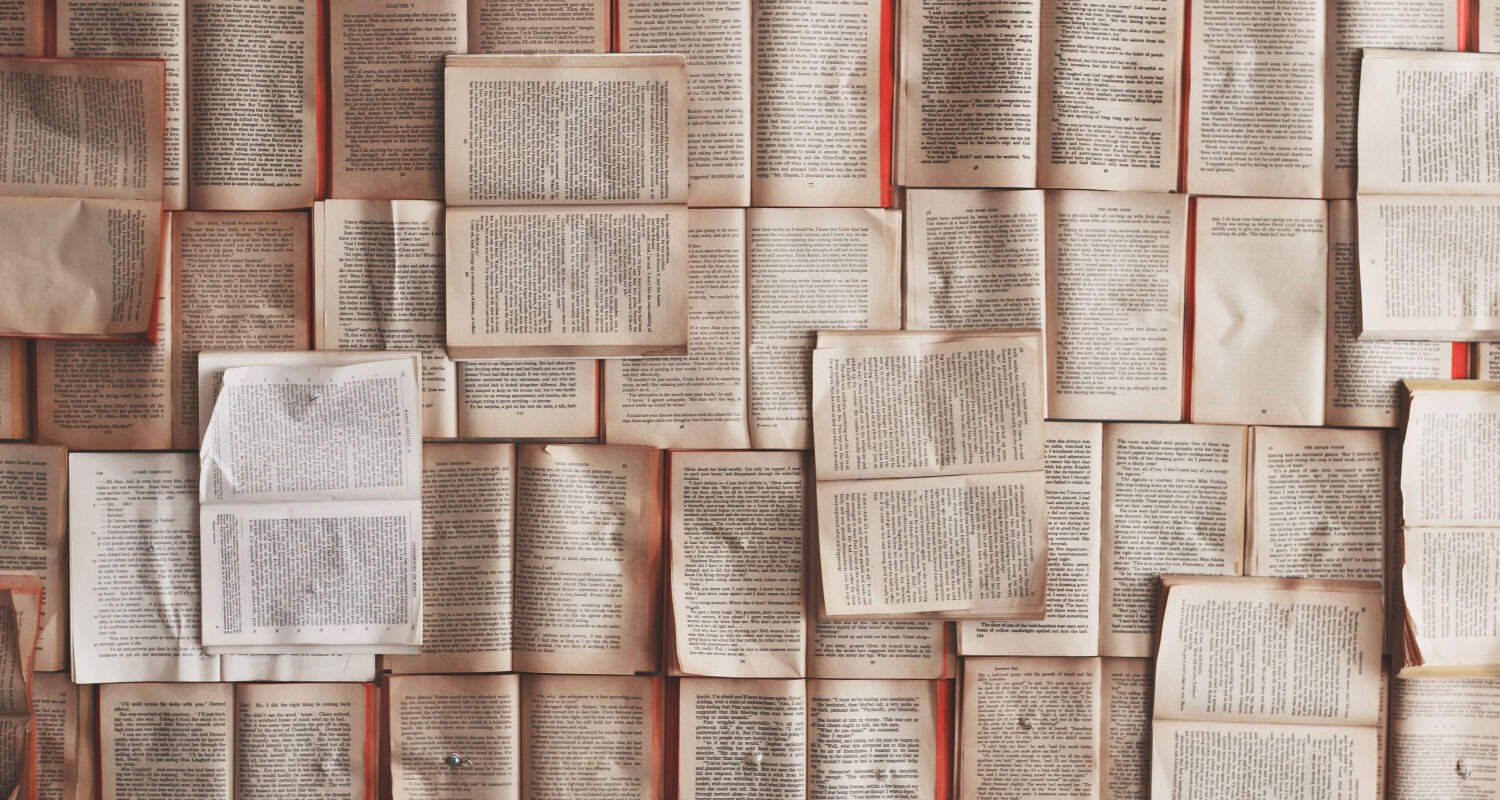It is always necessary to clarify the gift one should acquire for their loved one. Personalized mugs are always the top choices when it comes to presents. And to print a personalized one needs to know the size for mug printing.
Talking about the ideal size for mug printing, there is no definitive answer to this question as it depends on several factors, such as the desired final product, the printing process, and the printer. A decent rule of thumb is that the ideal size for mug printing is around 10x10cm. This size allows for a good amount of detail and ensures that the print will be visible when someone is using the mug
Mug printing is a popular method for personalizing mugs with designs, logos, or messages. When it comes to determining the size for mug printing, there are a few key factors to consider, including the mug printing size itself, the resolution of the image being printed, the intended use of the cup, and the material and printing process being used. In this article, we will delve deeper into these factors and discuss how to determine the optimal size for mug printing.
See Also: Billboard Sizes/Dimensions – Including Multisheet Billboards
Table of Contents
Size for Mug Printing
First, let’s consider the size of the mug itself. Cups come in a range of sizes to accommodate different volumes of liquid. Some common cup print sizes include:
Some common cup print sizes include:
-
- Espresso cup: Small cups are typically used for serving espresso or other small servings of coffee.
- Demitasse cup: Similar to an espresso cup, but slightly larger.
- Teacup: Small to medium cups used for serving tea.
- Coffee cup: Medium to large cups used for serving coffee or other hot beverages.
- Mug: Large cups with handles, often serving coffee, tea, or other hot beverages.
- Tumbler: Tall, thin cups without handles, often used to serve water or cold beverages.
- Pint glass: Large glasses used for serving beer or other beverages.
- Wine glass: Tall, thin glasses used for serving wine.
Factors to consider
The size of a cup is typically measured in ounces or milliliters, with larger cups able to hold more liquid than smaller cups. It’s important to choose a cup size appropriate for the volume of liquid served, as well as the intended use of the cup.
For example, a small espresso cup may be suitable for a single serving of espresso, while a large mug may be more appropriate for a larger serving of coffee.
Image resolution
The image’s resolution or design being printed is another important factor to consider. Higher resolution images will result in higher quality prints, but they may also require larger print sizes to maintain that quality.
On the other hand, lower-resolution images may not look as crisp and clear when printed at larger sizes, so it’s essential to choose a print size that is appropriate for the image’s resolution.
If you are working with a low-resolution image, you may need to adjust the size for mug printing or consider using a higher-resolution image to achieve the desired results. Check this out to know the dimensions of the paper size.
Use of the mug
The intended use of the mug is another factor to consider when determining the print size.  A larger print may be more practical if the mug is used for everyday drinking, as it will be more visible and easier to read. On the other hand, a smaller design can be more appropriate if the mug is meant to be a gift or a decorative piece.
A larger print may be more practical if the mug is used for everyday drinking, as it will be more visible and easier to read. On the other hand, a smaller design can be more appropriate if the mug is meant to be a gift or a decorative piece.
Material of the mug
Ceramic mugs are durable and can withstand heat, making them suitable for use with hot beverages. They are also relatively porous, affecting ink adhering to the mug’s surface. Some ink types, such as solvent-based inks, may not adhere well; dye sublimation inks work well with ceramic mugs. Choosing an ink type compatible with the mug’s material is essential to ensure the best results.
Another common material for mugs is stainless steel. Stainless steel mugs are durable and resistant to heat, making them suitable for use with hot beverages. They are also non-porous, affecting how ink adheres to the surface. Some ink types, such as screen printing inks, work well with stainless steel mugs. On the other hand, solvent-based inks may not adhere as well.
Plastic mugs are another option for mug painting. Plastic mugs are lightweight and inexpensive but may not be as durable as ceramic or stainless steel mugs. Some ink types, such as solvent-based inks, work well with plastic mugs. On the contrary, dye sublimation inks may not adhere.
In addition to the material of the mug, the type of ink used is also important to consider when mug painting. Mug painting may be done using various inks, including dye sublimation, solvent-based inks, and screen printing inks.
See Also: Dimensions Of A Series Of Paper Sizes
Type of Ink
There are three types of inks commonly used in mug printing, but before choosing the suitable one, you have to consider various factors:
Dye sublimation inks
These inks are famous for mug painting because they produce high-quality prints resistant to fading and scratching. They are also suitable for various mug materials, including ceramic and stainless steel. However, they require specialized equipment and may only be suitable for some mug painting projects. However, they require specialized equipment and may only be suitable for some mug painting projects. Check this out for changing the paper size on a hp printer.
However, they require specialized equipment and may only be suitable for some mug painting projects. Check this out for changing the paper size on a hp printer.
Solvent-based inks
These inks are another option for mug painting. They are generally affordable and simple to operate, making them a popular choice for small-scale projects. However, they are less durable than other ink types and may fade or scratch more easily. They are also only suitable for use with some mug materials, such as ceramic.
However, they are less durable than other ink types and may fade or scratch more easily. They are also only suitable for use with some mug materials, such as ceramic.
Screen printing inks
These inks are a third option for mug painting. They are suitable for various mug materials, including ceramic and stainless steel. They are also relatively durable but may require specialized equipment and may only be suitable for some mug painting projects.
Determining the mug dimensions for printing involves considering the size of the mug, the image’s resolution, the intended use, and the material and printing process used.
By considering these factors and consulting with a printing professional, you can choose the best size for your mug print size and mug printing project.
Whether you want to create a practical everyday mug or a decorative item, the right size can make all the difference in the final result!!
So finally, determining the best “size for mug printing involves considering various factors, including the intended use of the mug, the material of the mug, the size of the print, and the resolution of the printed image.
It’s also important to consider the printing process used. For instance, some processes may suit certain mug or print sizes. Considering these factors and consulting with a printing professional, you can choose the best size for your mug painting project.
See Also: Poster Sizes – UK, US, French, German, Italian, Australian
FAQs
What kind of material should we use to make coffee mugs?
Coffee cups can be usually made of stainless steel, ceramic, or plastic.
What kind of materials are suitable for photo printing?
If you're planning to go for photo printing, it is better to go for ceramic cups as they retain quality without damaging the cup.
What might possibly fit on the outside of the coffee mugs?
Everything and anything you can think of! On the surface of personalized printed coffee mugs, you may print your images, corporate logo, text, quotes, greetings, and more in high quality. Printing allows for any design so that you can pick the best one for your staff. However, the price per mug will increase the more print changes you wish to include for each employee.
What is the ideal size for mug printing?
There is no definitive answer to this question as it depends on a number of factors, such as the desired final product, the printing process, and the printer.
Conclusion
In conclusion, the material of the mug, the size for mug printing, and the ink used are important factors to consider when mug painting. Different ink types and mug materials may be more or less suitable for different projects. Moreover, choosing a compatible ink and mug material is important to ensure the best results.
Manufacturer’s recommendations for the optimal size and printing technique for the specific cup and design.


